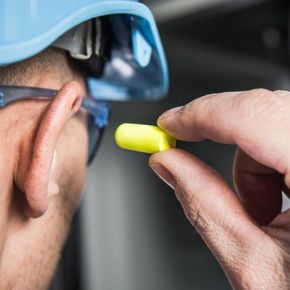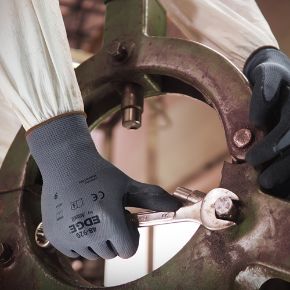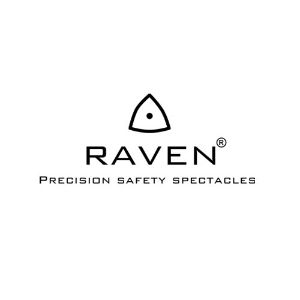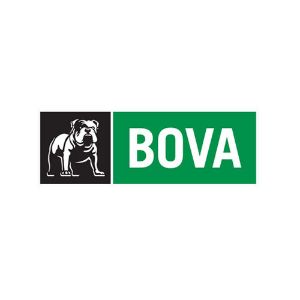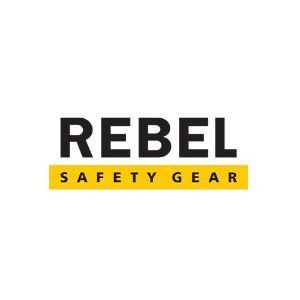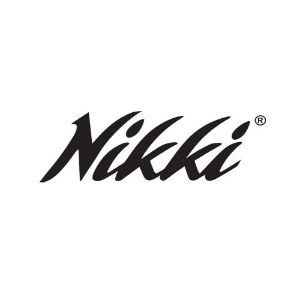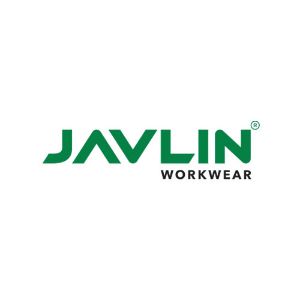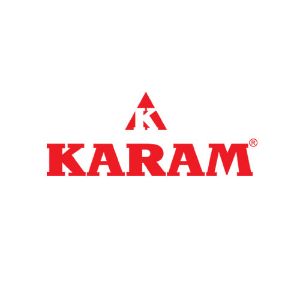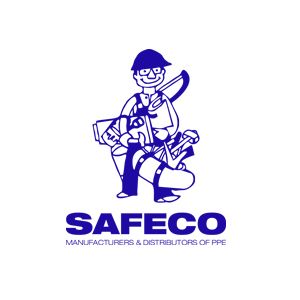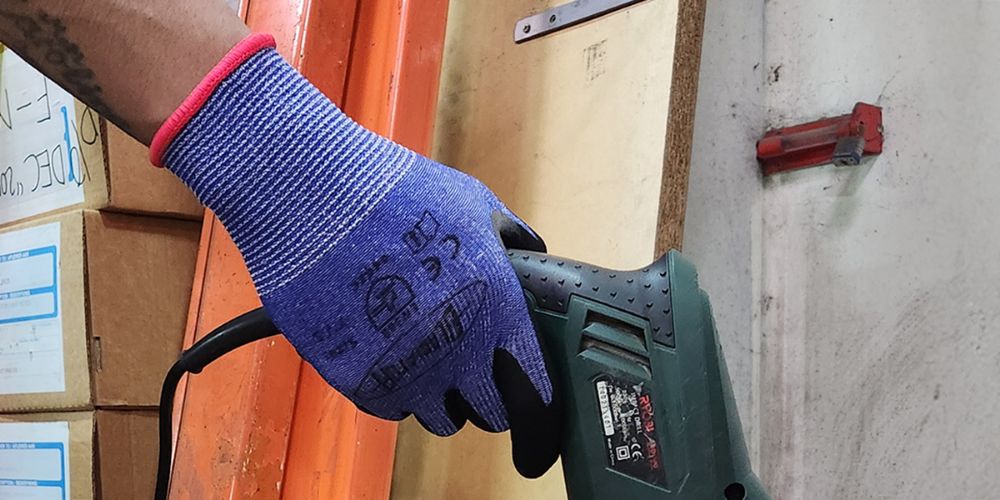When it comes to hand safety, one size certainly doesn’t fit all. The right glove can mean the difference between protection and injury, comfort and fatigue. With so many materials and styles available, knowing how each performs helps ensure that workers are protected and productive — no matter the task or environment.
Understanding Glove Materials
Latex Gloves
Latex gloves are made from natural rubber and are valued for their elasticity and close fit. They provide excellent grip and tactile sensitivity, making them ideal for light-duty applications such as cleaning, food processing, and general maintenance. Their snug fit allows for precision handling, but it’s important to note that latex can cause allergic reactions in some individuals — a key reason why nitrile gloves have become a popular substitute.
Nitrile Gloves
Nitrile gloves are made from synthetic rubber and offer superior resistance to oils, fuels, and many chemicals. They’re known for their durability, puncture resistance, and flexibility, even in demanding environments. These qualities make nitrile gloves ideal for automotive workshops, laboratories, and maintenance work. Many modern nitrile gloves are also biodegradable, offering the same high performance with a smaller environmental footprint.
PVC (Polyvinyl Chloride) Gloves
PVC gloves deliver excellent resistance to acids, caustics, and oils, making them suitable for industries such as agriculture, petrochemicals, and industrial cleaning. PVC is also waterproof and performs well in wet or oily conditions. However, it can become less flexible in colder environments, so it’s best suited for moderate temperatures.
Leather Gloves
Leather remains a trusted choice for tough, mechanical work. Whether cowhide, goatskin, or split leather, these gloves offer natural durability, heat resistance, and comfort. They’re widely used in construction, welding, rigging, and general handling tasks where abrasion and impact protection are essential.
Dipped vs. Coated Gloves: What’s the Difference?
The terms dipped and coated gloves are often used interchangeably, but there’s a subtle distinction worth understanding.
Dipped gloves are typically knitted or fabric gloves that are partially or fully submerged in a compound such as nitrile, latex, or PVC. This process creates a uniform, durable layer of protection across the palm — or, in some cases, over the entire glove.
Coated gloves, by contrast, usually feature a lighter application, adding grip and abrasion resistance to the palm and fingers while leaving the back of the glove breathable.
A fully dipped nitrile glove offers complete liquid protection, ideal for oil handling and chemical processing. Meanwhile, a palm-coated glove is better suited to dry or light-oil environments where flexibility, breathability, and grip are key — such as warehousing, assembly, or logistics.
When gloves are matched correctly to the task, they don’t just protect — they enhance performance, improve comfort, and help teams work with confidence. Because the right glove doesn’t just fit your hand — it fits your job.
Pienaar Brothers is a leading distributor of personal protective equipment in South Africa, offering an extensive range of safety gloves to suit every industry and application. If you need guidance in selecting the right glove for your work environment, our team is here to help.
Our range of gloves includes, but is not limited to Ansell, Rebel Safety Gear, uvex, Javlin.
Visit: www.pienaarbrothers.co.za



